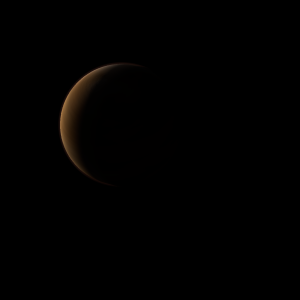|
|
Space Astro
|
Info for exoplanet "Pacho"
| Scientific (actual) data |
|---|
| Name | MOA-2016-BLG-231 b |
| Planet status | Confirmed |
| Planet mass | 9 |
| Semi major axis | 0.88 |
| Discovered | 2019 |
| Updated | 2024-08-11 |
| Publication | Published in a refereed paper |
| Detection type | Microlensing |
| Mass measurement type | Microlensing |
| Right ascension | 268.3° |
| Declination | -30.19° |
| Star distance | 2850 |
| Wikipedia article | MOA-2016-BLG-231 b |
Back
| |
| Fictional info (?) |
|---|
| Suggested name | Pacho |
| Planet type | Huge cold gas giant |
|
| Atmosphere | Ozone | 81% |
| Ammonia | 16% |
| Sulfur dioxide | 1.9% |
| Hydrogen peroxide | 0.87% |
| Methane | 0.096% |
| Atmospheric pressure | 16 bar |
 |
| Moon | Thys | Very small irregular ice asteroid |
| Pavi Cuher Re | Huge round crater-filled planetoid |
| Google search for Pacho |
|
Website by Joachim Michaelis
|
|
|
|